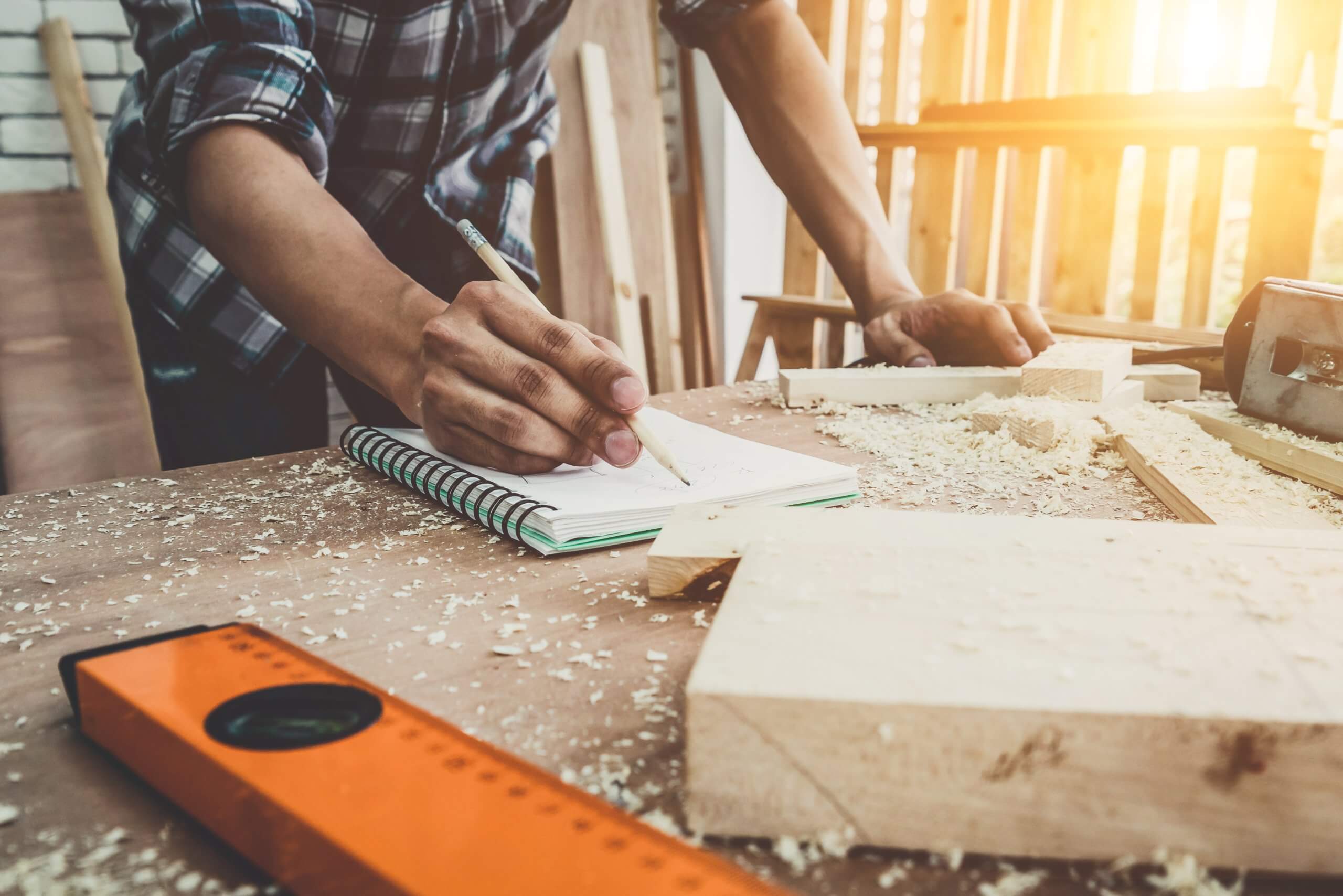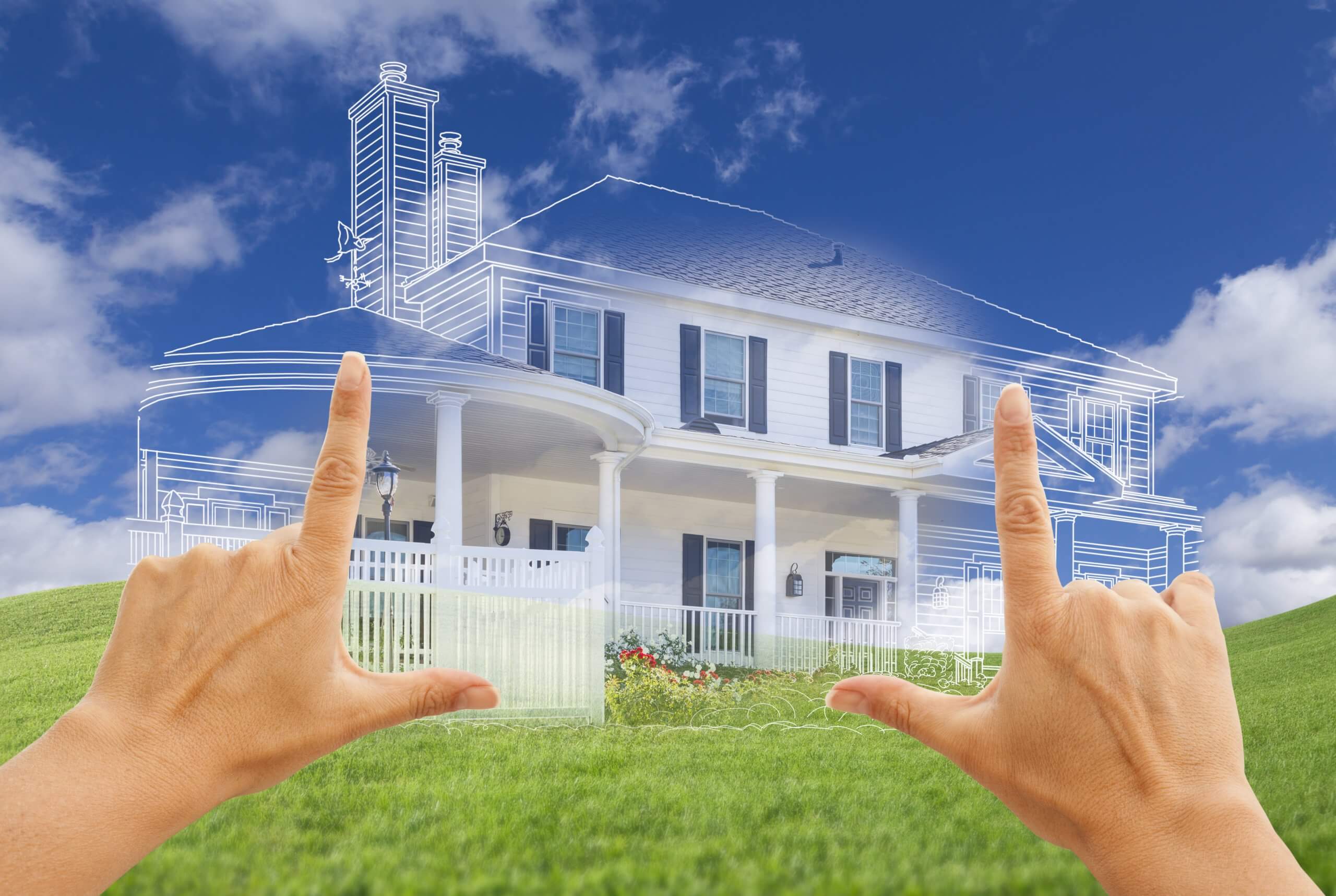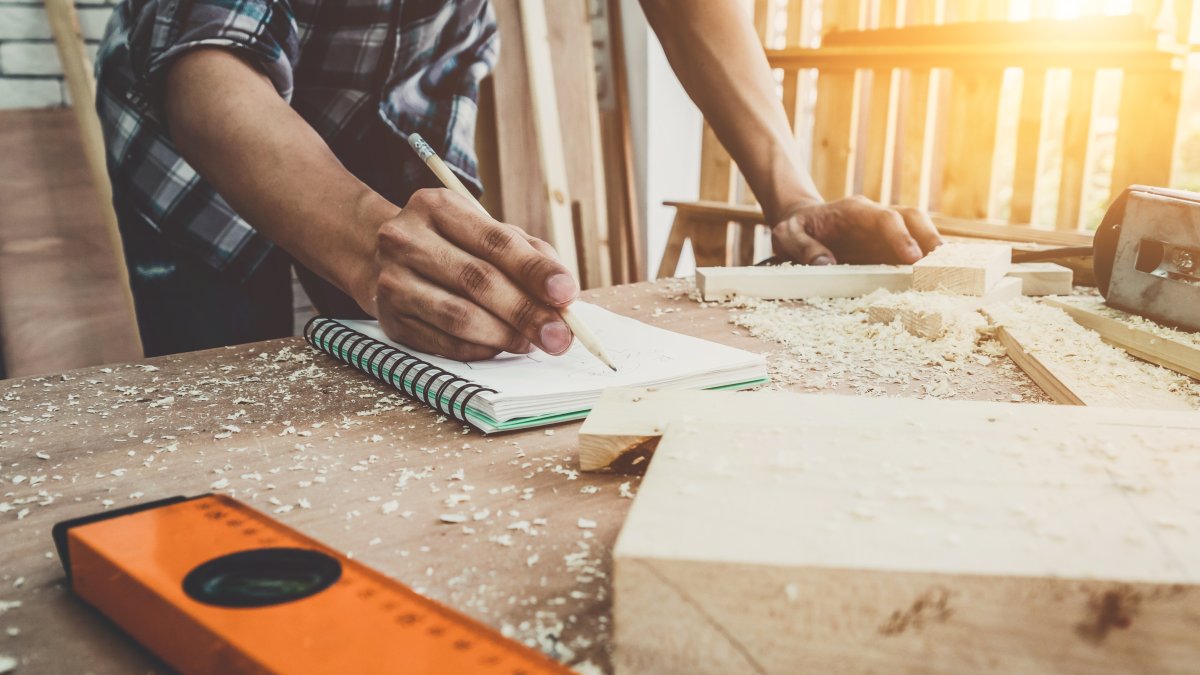
Turning your dream home into a reality is exciting. However, keep in mind that a lot goes in the process. A new home construction requires time, effort, and a lot of money, which is why having a detailed plan is essential. Starting a new home construction without an extensive plan can lead to delays, stress, and additional expenses.
Fortunately, you don’t need to be a pro to properly plan for a new home construction. By paying attention to the tips below, you can create a plan for your dream home and ensure that the construction process goes smoothly!
1. Contractors
Regardless of how simple or small you want your house to be, remember that you can’t plan one on your own. Constructing a new home means taking on a very long list of to-dos, which will always require professional help.
If you want to easily and properly plan for a new home construction, hire experienced and licensed contractors, like Eugene construction company and other reliable companies in your area. These companies have been building homes for years, and have in-depth experience in planning a new home construction.
Do you want to have large floor space in your home but have a very small lot? Are you worried about the necessary permits for home construction and how you’re going to comply? Contractors can provide answers to all of these questions, making it easier for you to plan for your new home construction.
2. Location
Location is one of the most important things to consider when planning a new home construction. This decision can significantly affect the quality of your life when you start to live in your new home. For example, it’ll be challenging to live comfortably if your home is located far from groceries, schools, commercial spaces, or hospitals.
As much as possible, opt to construct a house in a location that offers amenities suitable to your lifestyle. Do you want to work in a large firm? Pick a location near the center of the city or town. Are you building a home for your family? Look for a location that’s safe and accessible to schools.
Aside from these, you should also consider the availability of public transportation in the location. You’ll likely spend most of your days stressed or show up to work late daily if you choose to build a home far from train and bus stations.
3. Budget
Building a home requires money. Depending on the size and amenities you want your dream house to have, building one will require thousands or even millions of dollars.
If you want your home construction to go smooth as possible, prioritize planning for a budget. Generally, your budget should cover the following expenses:
- Plot price
- Water and sewage inspection
- Architectural fees for house plans
- Construction management fees
- Building permits and local fees
- House exterior material costs (excavation, foundation, framing, roofing, siding, etc.)
- Home interior material costs (plumbing, electrical, insulation, drywall, etc.)
Aside from the points mentioned in the list above, you also need to prepare a budget for unexpected expenses when building a house. This will make sure you have enough funds even in emergencies.
Unexpected expenses when building a house can include builder fees, land prep, and closing costs. It’s also important to allot at least 15% of your total budget for contingencies. Preparing for emergencies will ensure the continuity of the home construction and minimize stress along the way.
4. Floor Plan
A floor plan is another important consideration when planning for a new home construction. Having a floor plan allows you to see how you can move through the space. It also determines if the space fits the purpose you intended it for.
Luckily, you don’t have to create your own floor plan from scratch because there are plenty of options to choose from today. You can easily compare these floor plans and assess which one best suit the size of your home and the rooms you want your home to have.
Here are two of the most common floor plans you can use:
- Traditional or closed floor plans: A traditional or closed floor plan has a sufficient amount of space and uses walls as divisions. Choosing to use this floor plan for your new home allows you to pick from several design options, enjoy more privacy, and have better sound control. Because of the number of walls used, a traditional or closed floor plan also provides a cozier feel.
- Contemporary or open floor plans: This type of floor plan is more modern and makes people feel together even if they’re in different parts of the room. A contemporary or open floor plan provides accessibility as it’s easier to move around. The absence of walls also makes this floor plan an ideal option for families because you can effortlessly keep an eye on your kids and pets.
5. Outdoor Space

The outdoor space in your property is one of the first things people will see, and how it looks can leave an impression. Regardless of how well-decorated your interiors are, if your outdoor space is neglected, you’ll likely have a hard time impressing friends or convincing them to come over.
When building a new home, don’t forget to plan about your outdoor space. No matter what the size is, your outdoor space can become one of the most appealing and functional areas of your property as long as you prepared a plan for it.
To plan for your outdoor space, think about what you want to do with your outdoor space and start from there. Do you love to host parties? Or are you planning to use your outdoor space as a reading nook? Once you have answers to these questions, planning for your outdoor space may become easier.
Take Your Time Making Decisions
A new home construction is an expensive investment, so take all the time you need to plan for it. Study all of your options and weigh the pros and cons of each before making decisions. The more careful you are in planning, the sooner you can enjoy your dream house made specifically to your needs, lifestyle, and budget.
Alexander Martin
Related posts
Stay connected
- How LoveOn Chat Is Becoming the Most Versatile AI Companion for Digital UsersThe internet keeps shifting toward hyper-personal interaction, and AI companions are at the center of this shift. What used to be simple chatbots are now evolving into emotionally aware, adaptive, and multi-functional digital partners. Among the new generation of platforms, LoveOn Chat is becoming one... The post How LoveOn Chat Is Becoming the Most Versatile […]

